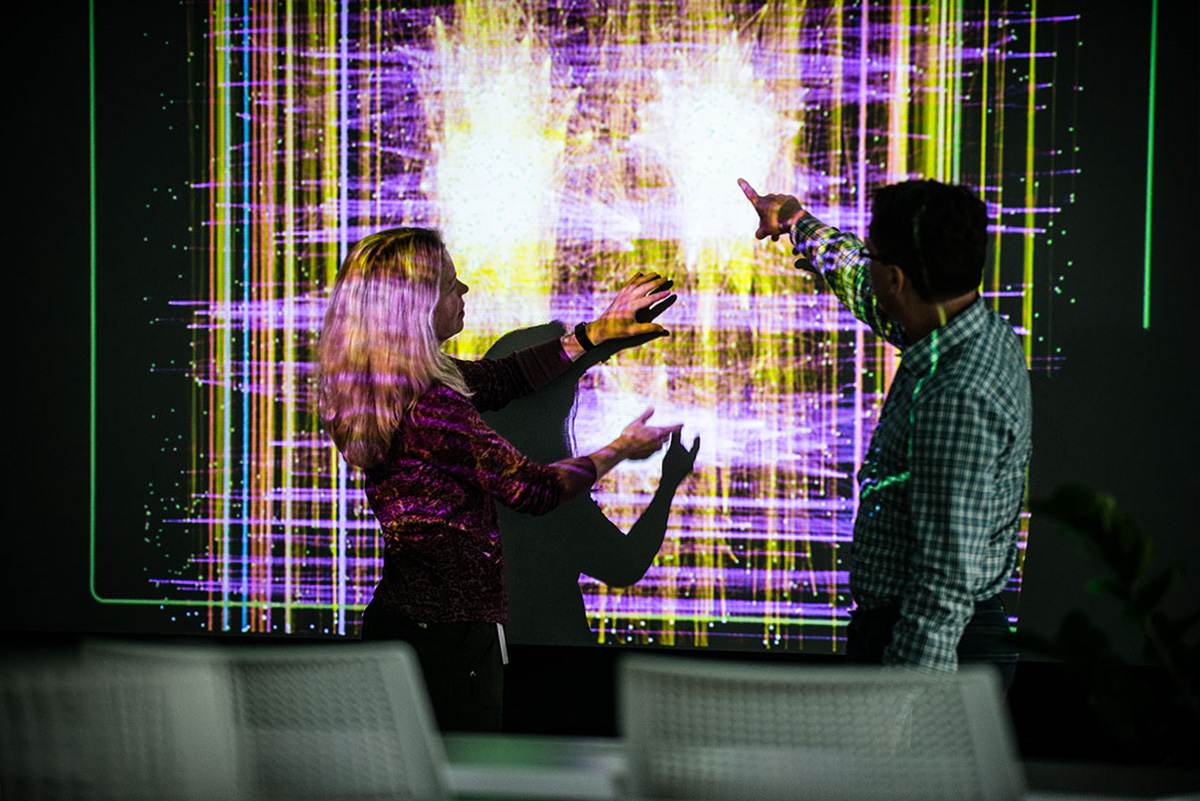ISB’s Cancer Genomics Cloud Team Launches BigQuery Platform
 isbscience.org/news/2015/11/21/isbs-cancer-genomics-cloud-team-launches-bigquery-platform/
isbscience.org/news/2015/11/21/isbs-cancer-genomics-cloud-team-launches-bigquery-platform/
Genomeweb published an article on the Cancer Genomics Cloud pilots. Learn more about ISB’s CGC project.
NEW YORK (GenomeWeb) – The developers of the three proposals selected by the National Cancer Institute for the Cancer Genomics Cloud pilots — an effort to build sustainable computing infrastructure for analyzing omics data from the Cancer Genome Atlas and other NCI-funded projects — have begun various stages of testing ahead of the nine-month evaluation phase of the initiative, which is slated to begin in January 2016 when the first versions of all three platforms will be made available.
The proposals selected for the NCI initiative include one from Seven Bridges Genomics; one from the Institute for System Biology working in collaboration with Google and SRA International; and one from the Broad Institute in partnership with University of California, Berkeley and UC Santa Cruz.





